The parts for the glasses have been selective-laser-sintered in PA 12 and then dyed black.

I had to trim the slots of the lens holder a bit with a cutter knife.
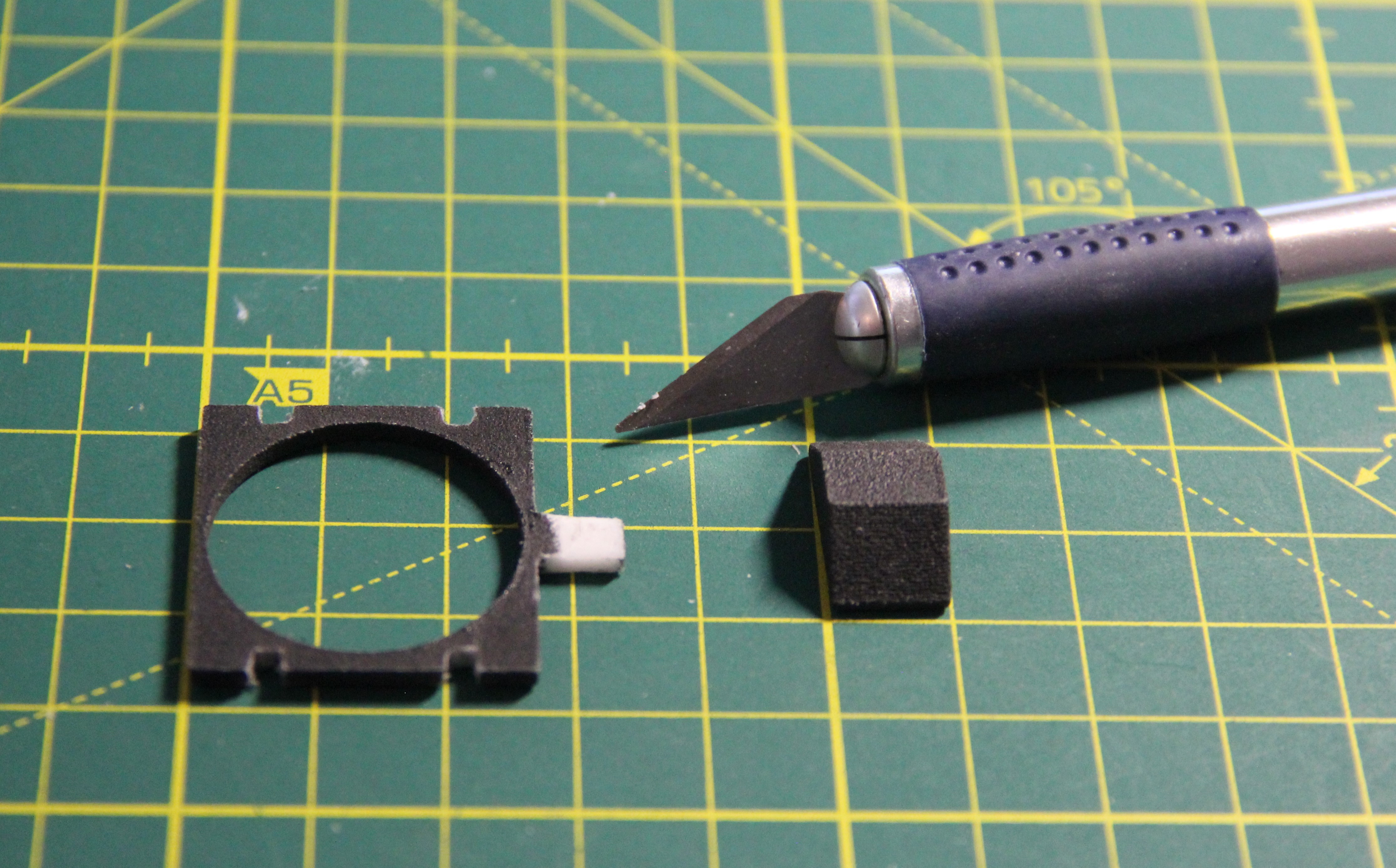
Then I glued the lens in place with 2-component epoxy glue.
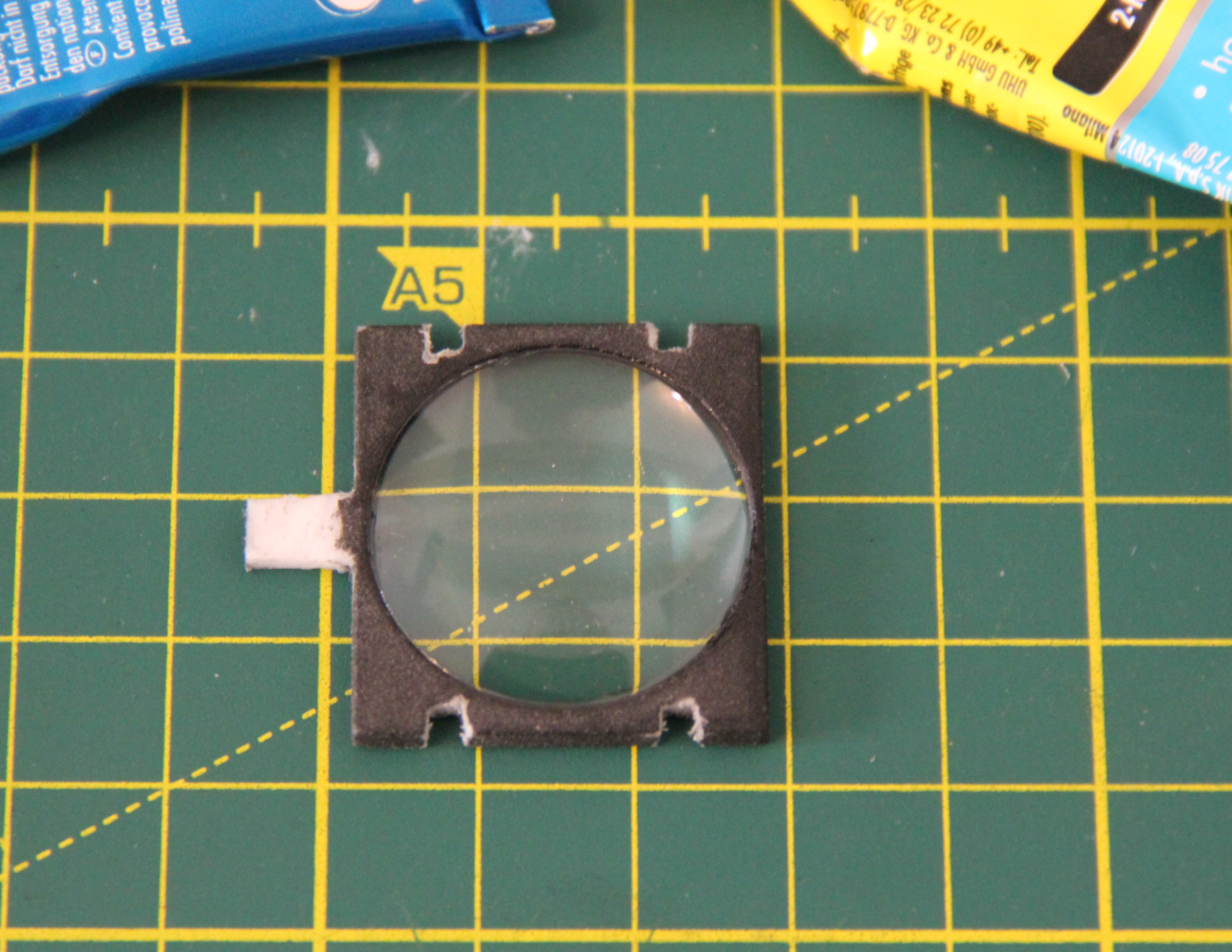
I also glued the mirror into the housing with 2-component epoxy glue. A recess is provided so that it can be positioned more easily.

Next, I covered a microscope slide with semi-mirrored foil. Care must be taken so that no bubbles form. Then I inserted the slide into the appropriate 3-D printed holder and secured it with two drops of super glue.
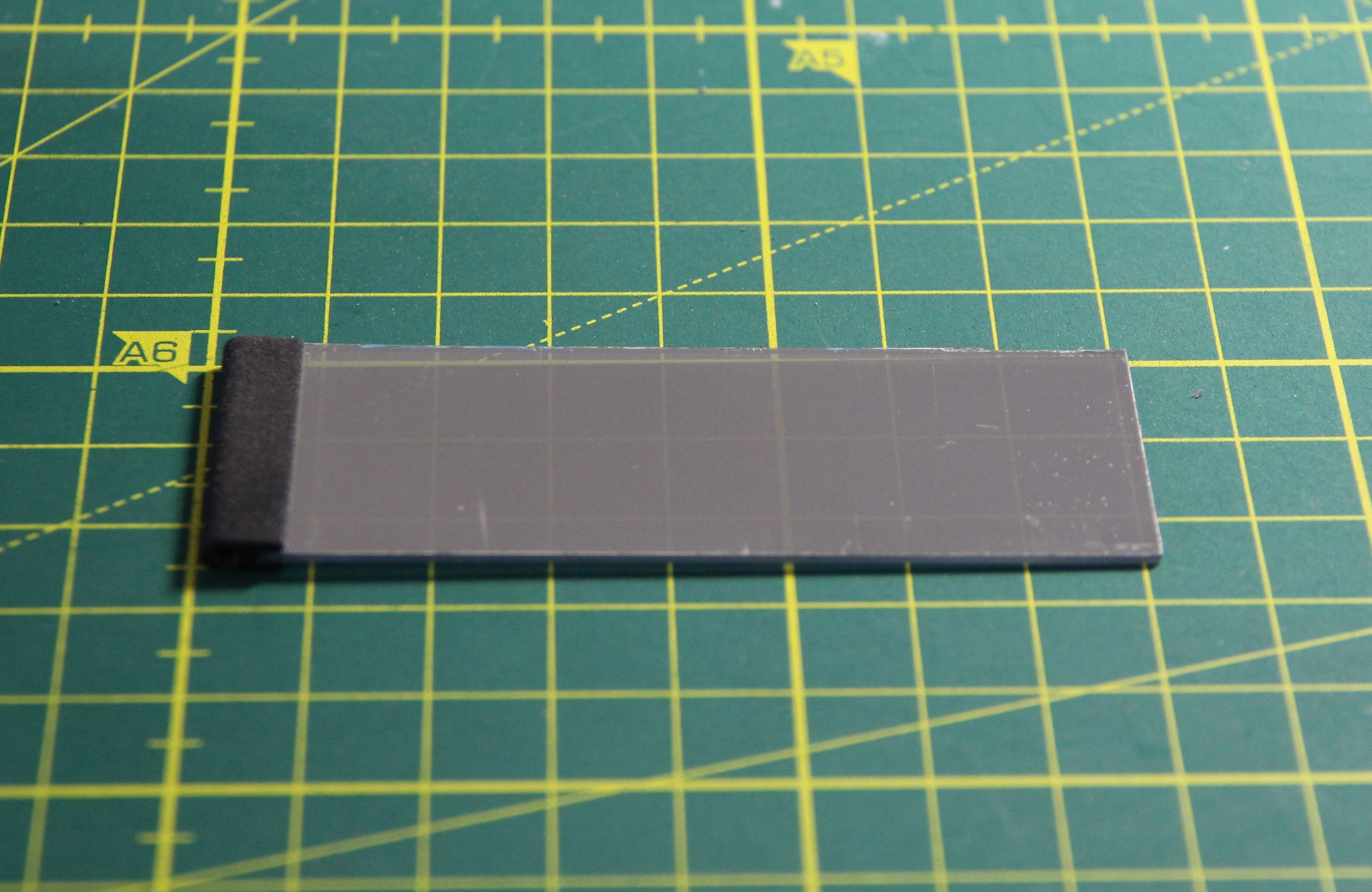
Using an M2 x 35mm bolt and nut, I then attached the microscope slide to the housing. The mirror foil should be on the side facing the eye. It should be not too easy to pivot the microscope slide. The M2 nut was finally secured with a drop of super glue.
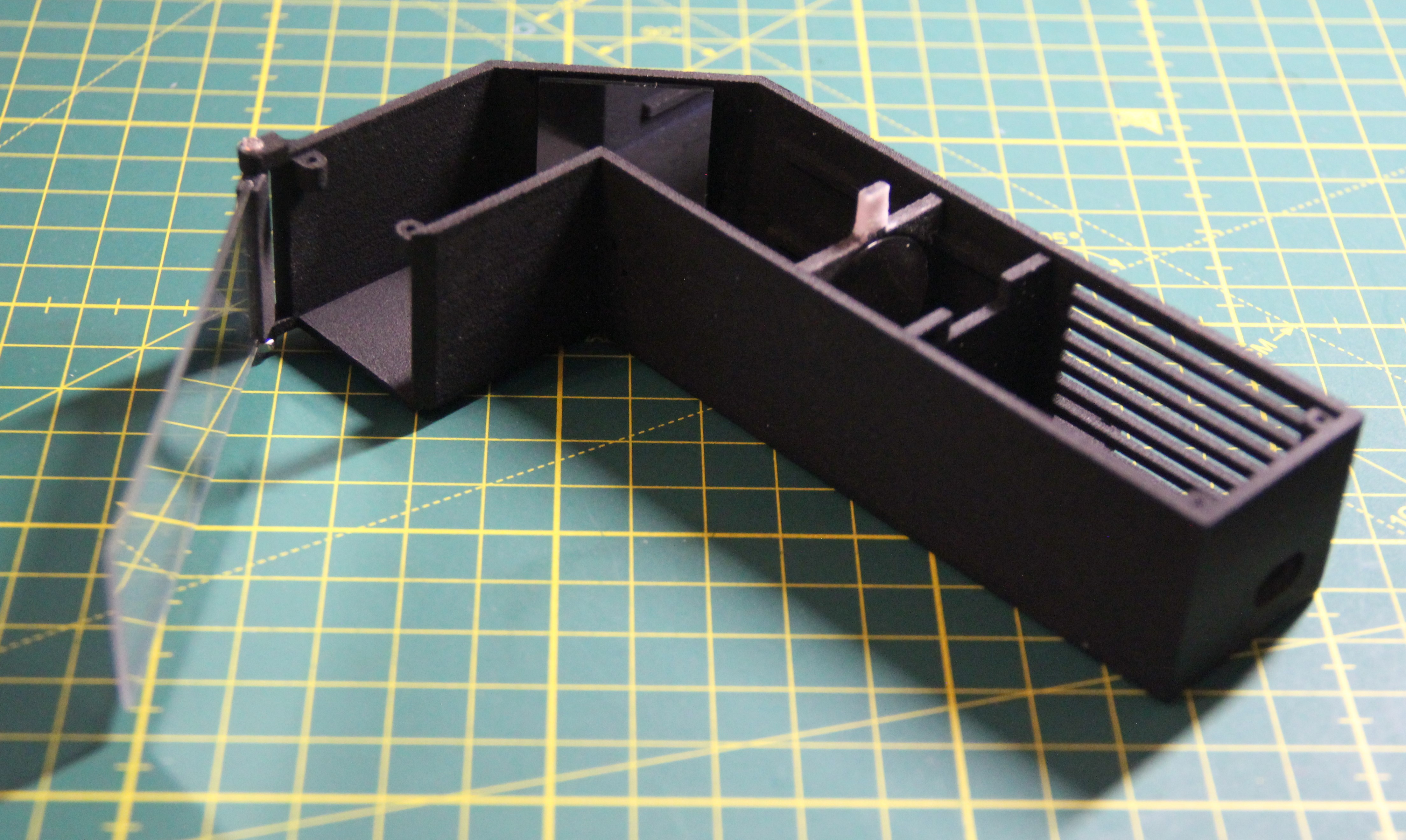
After that, I started working on electronics. First I desoldered the two resistors next to the letters "A" and "B" on the Boost Step-Up Converter Board Module. This is necessary to set the output voltage to 5V.
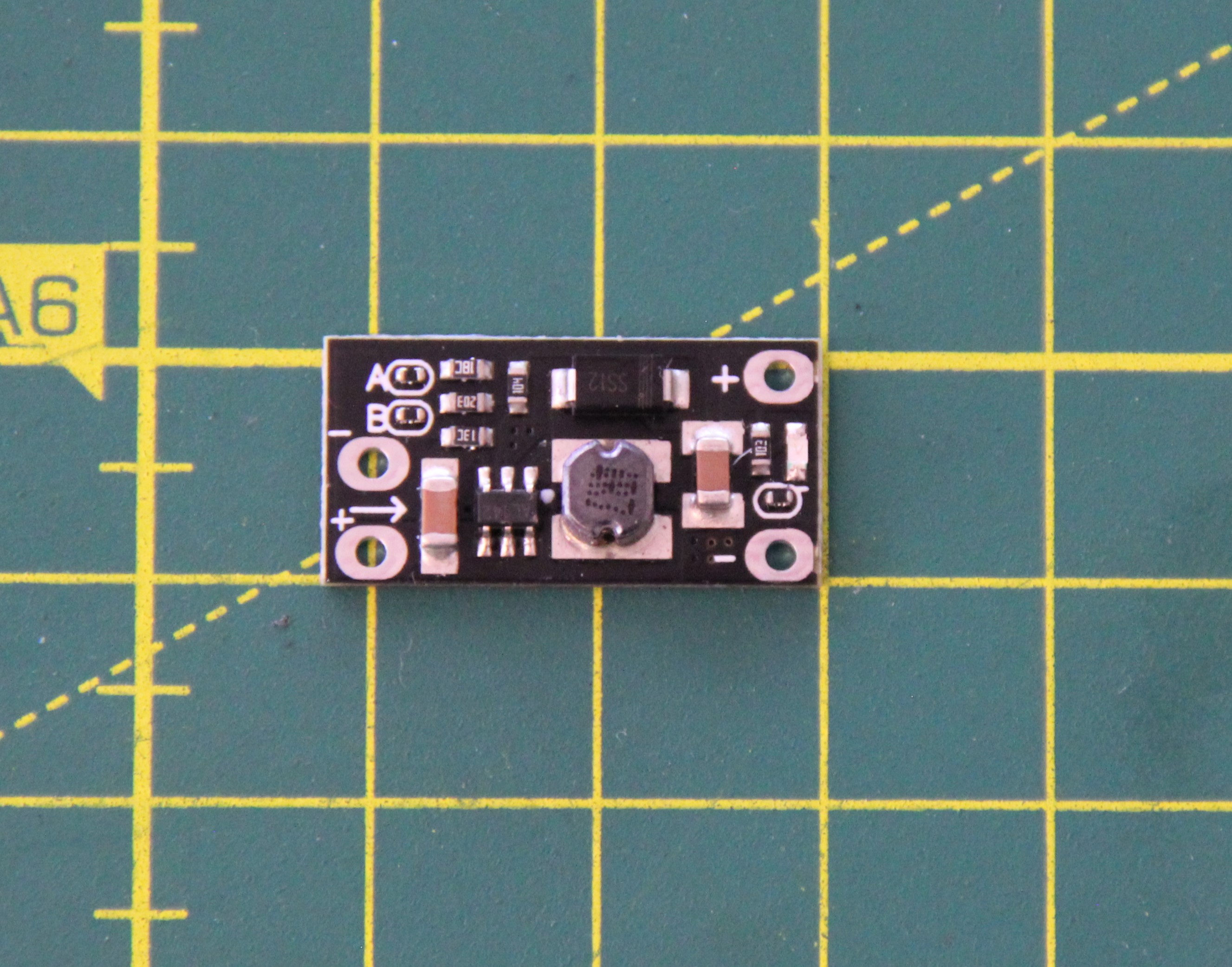
The TP4056-based LiPo charger must also be modified to reduce the charging current. Details can be found in my log TP4056-based LiPo charger modification.
The wiring was then done as follows:

I insulated the LiPo charger and the step-up converter with heat shrink tubing to avoid accidental contact. Before installation, the electronics were tested.
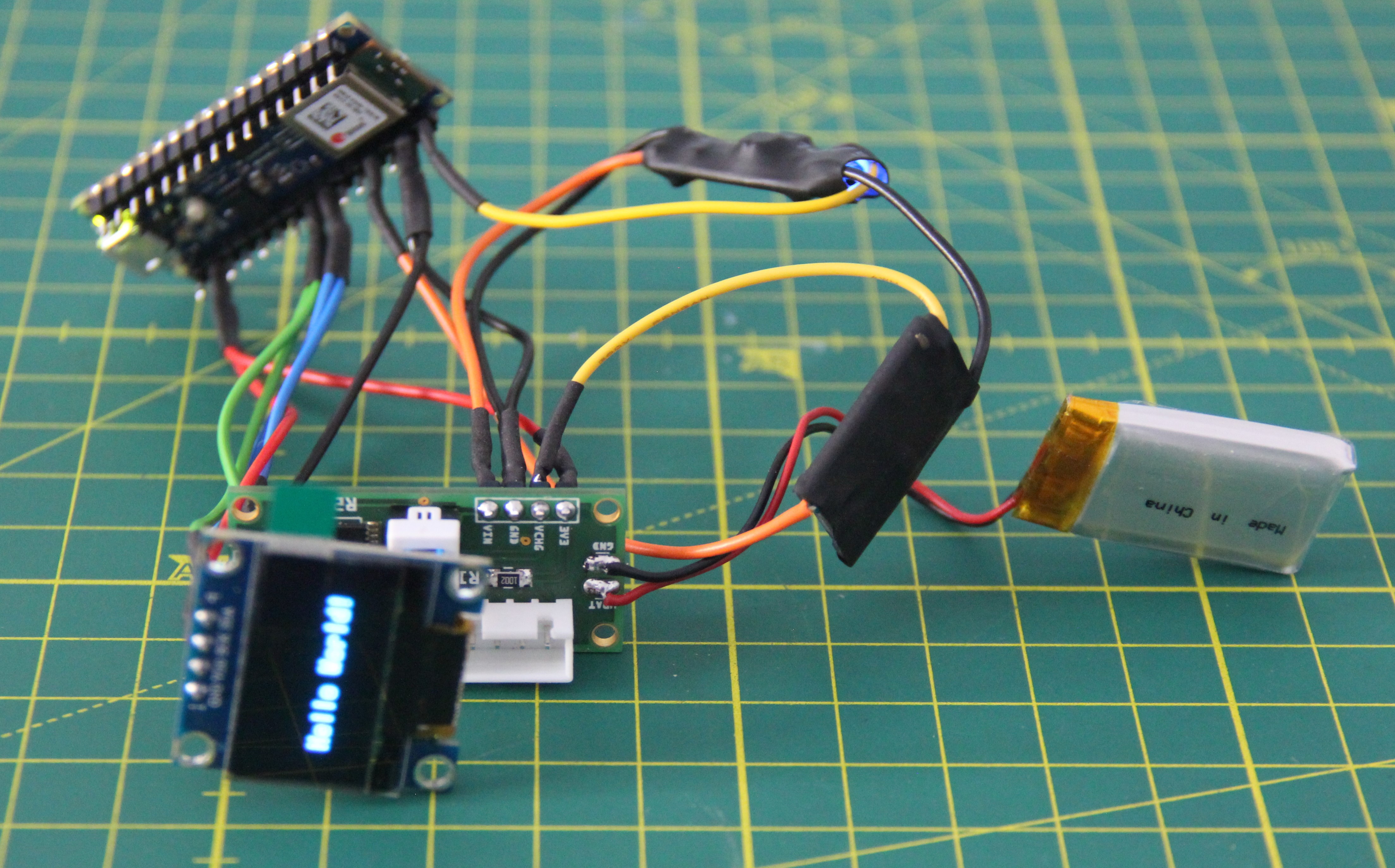
The Arduino Nano 33 BLE was attached with four self-tapping M1.5 x 6mm screws, the OLED, and the custom PCB with six M2 x 8mm screws, 3mm spacers, and the corresponding nuts.
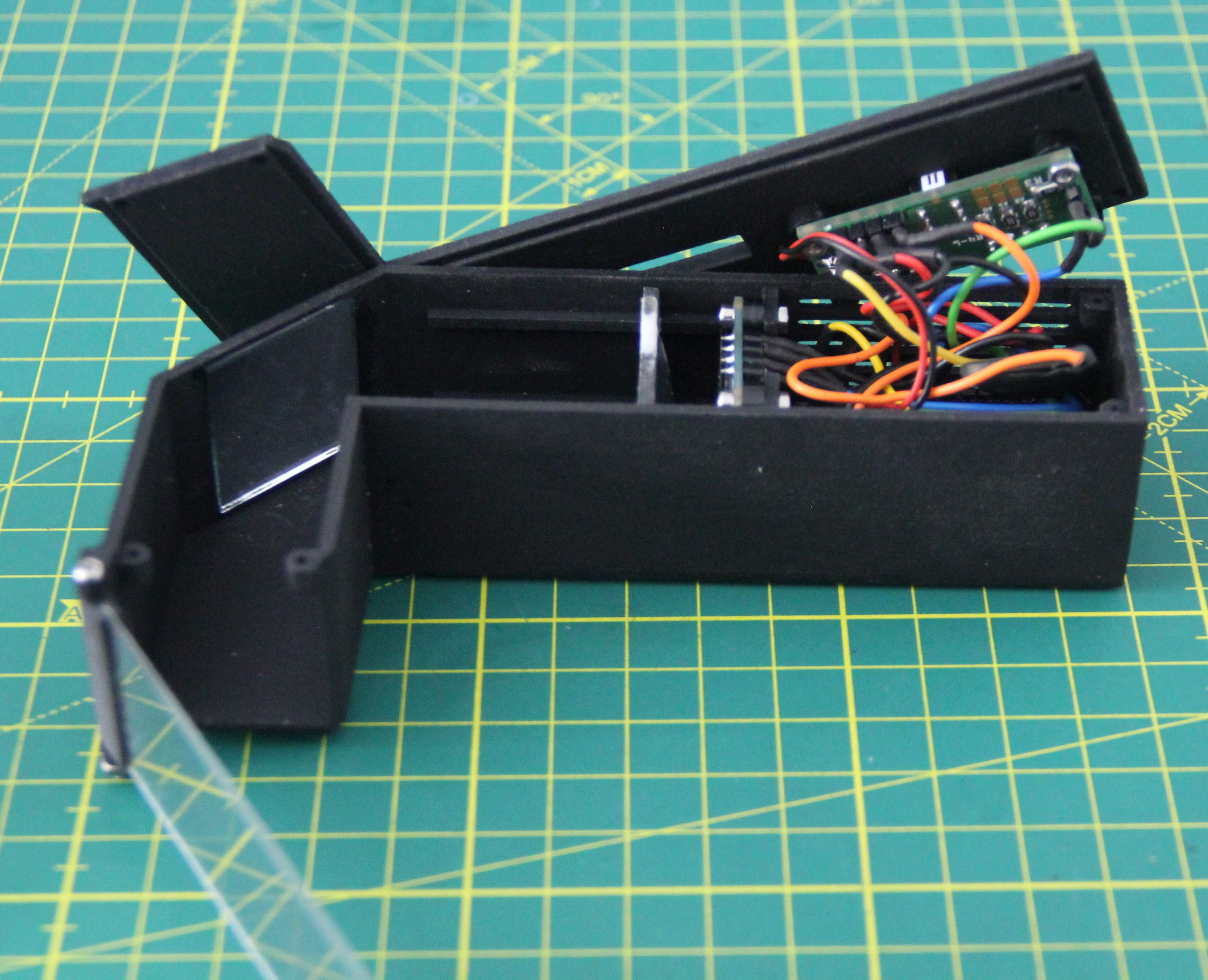
The biconvex lens should be about 10mm in front of the OLED, the more convex side towards the OLED. The closer the lens is to the OLED, the smaller the image projected onto the microscope slide will be. Now the protective film can also be removed from the OLED.
Finally, the AR glasses were screwed together with four M1.7 x 8mm screws and the sliding knob for the lens was inserted.
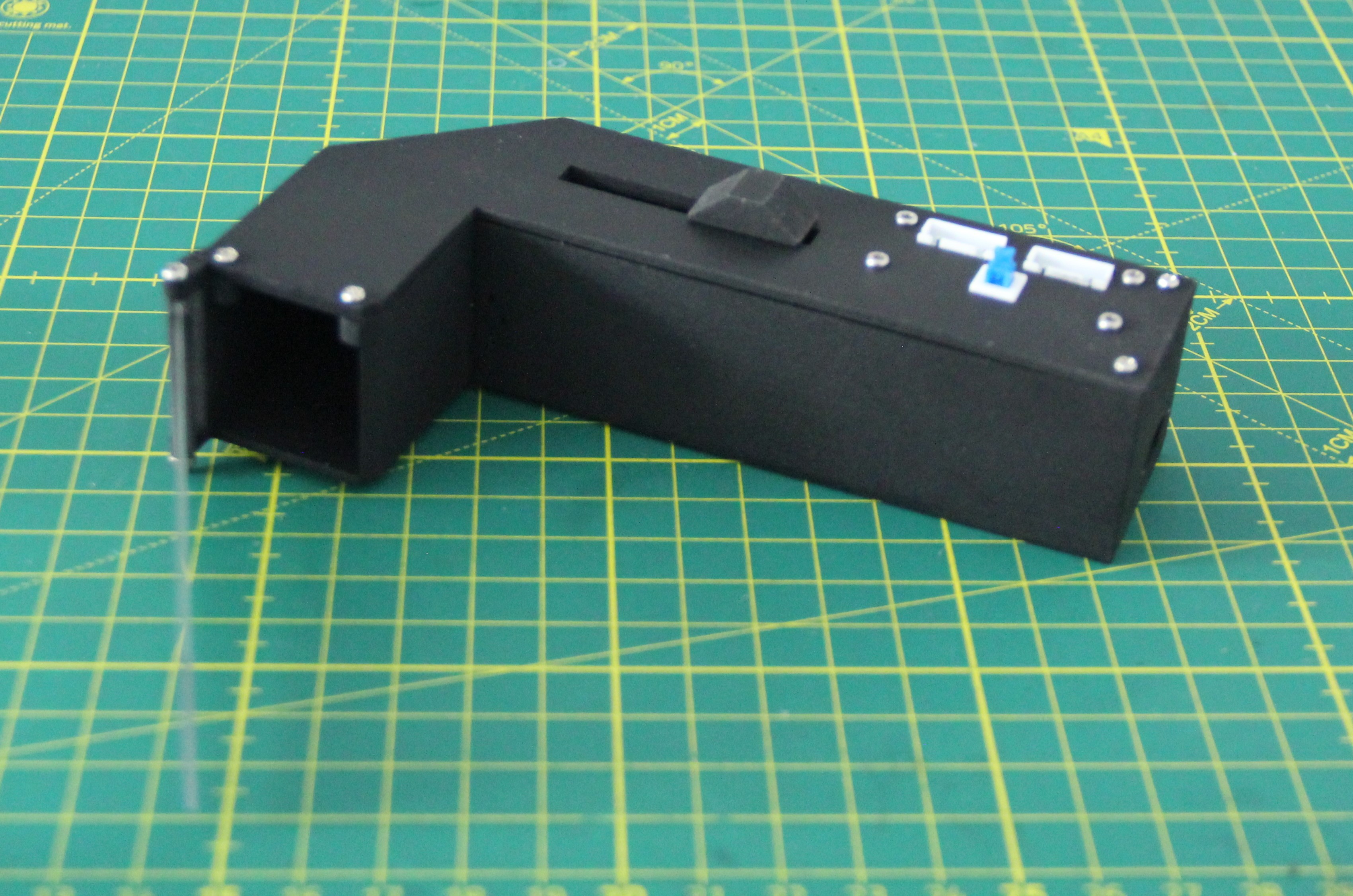
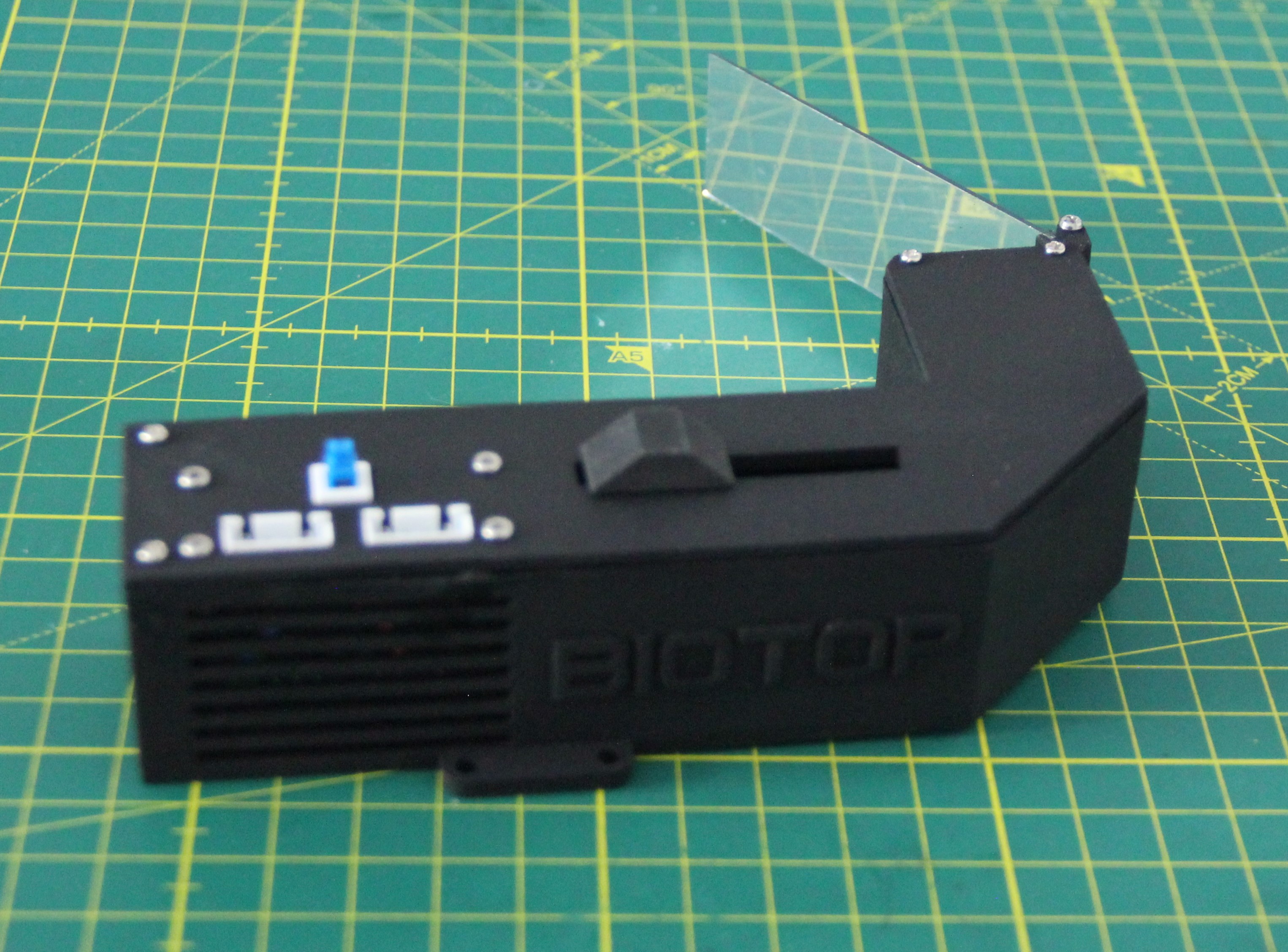
The glasses from the first-person viewpoint:

 M. Bindhammer
M. Bindhammer
Discussions
Become a Hackaday.io Member
Create an account to leave a comment. Already have an account? Log In.